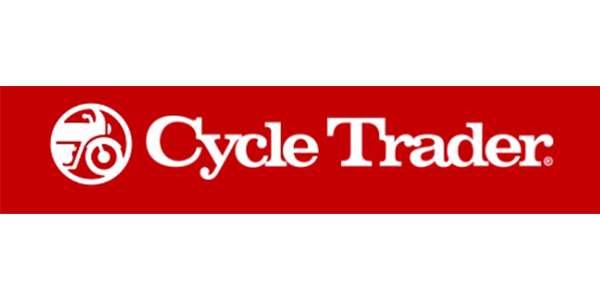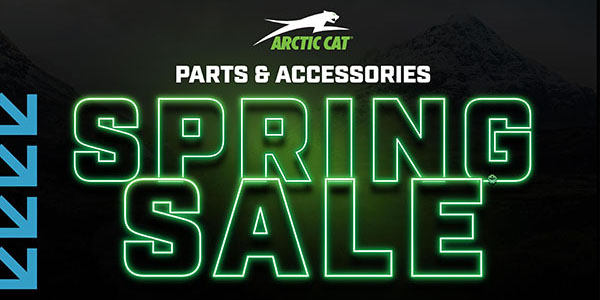If I hear the ubiquitous story of a Nordstrom store accepting a set of used tires as a customer return and giving the customer a refund for a set of tires that they didn’t even sell one more time, I am going to lose my mind. For years, “experts” would tout this story as some sort of ideal of customer service to which we should all aspire. Isn’t it fun? Isn’t it neat? Doesn’t it show an outstanding commitment to the notion the customer is always right? I think it’s outrageous.
The exchange of value between you and your customers needs to be one built on trust and respect. You provide great products, services and experiences for your customers, and for that you should be treated in kind — not taken advantage of.
The business equation is simply this: your customers need to feel well taken care of, and you need to feel well compensated, otherwise this exchange doesn’t work.
Michael Gerber, author of The E-Myth Revisited: Why Most Small Businesses Don’t Work and What to Do About It, says the entire role of business is to “find and keep customers.” That’s it. This idea makes terrific sense to me.
To this end, many people identify customer service as the proverbial pot of gold at the end of the rainbow. This definition sees customer service as a destination — a place with which you can stand and admire your efforts. I really see customer service as a verb, as verbs connote action. In my mind, customer service is the combined actions that lead you to the ultimate goal of customer engagement.
Engaged customers regularly interact with your business. These customers check out your website with some regularity; visit your place of business with some frequency and seek information from you or your staff, whether through text, email or phone exchanges.
Most importantly, when another purchase opportunity presents itself, the engaged customer is more likely to do business with you. The proof is in the performance. In a March 2007 Harvard Business Review article, Christopher Hart proves how a stock portfolio consisting of companies that regularly scored well in the American Customer Satisfaction Index (ACSI) — an index developed by the University of Michigan covering 200 companies across 40 industries reviewed by 65,000 consumers — outperformed the SAP 500 by a staggering amount. In the period from 2001 to 2006, the high scoring ACSI stock portfolio increased 144.5 percent, while the SAP 500 only increased 38.7 percent, an astronomical difference.
If you need more evidence, just look at the e-tailer Zappos. In 2008, customers who made more than three lifetime purchases from them accounted for 50.2 percent of their sales. In total, on any given day, 75 percent of Zappos customers are repeat purchasers.
This is crucial and is the premise for what Carl Sewell, Texas Cadillac dealer, referred to in his 1990 book of the same title as creating “customers for life.” Your business can perform well if you take care of your customers. But just how well?
What’s a Customer Worth?
What is a customer for life worth to you and your business? In workshops when I ask this question, participants will respond, “priceless” — like the cliché credit card. To which I always respond, “very creative, but the bank wants to see something in the pro forma.” You can, and should, on occasion calculate the dollar value of a long-term customer to your business.
Determining the price of a long-term customer is a pretty simple calculation. For example, if the average motorcycle purchase is $17,000, the average accessory purchase is $1,000, the average gear purchase is $1,000 and the average back end protection is $1,000, then your average motorcycle purchasing customer would be worth $20,000 in terms of gross revenue. So you could say if an engaged customer trades every four years, over a 20-year period, the dollar value of this customer could be $100,000.
But wait, there’s more: because you would have additional accessory purchases, gear purchases and service dollars coming in as well. If you approximate that to around $1,000 a year, that could mean that your customer for life is worth approximately $120,000 gross.
You also have to imagine a customer who is this engaged in your business is going to refer others. Let’s say that over the 20-year period, that customer refers five new customers. Now we’re talking another $100,000 ($20,000 x 5) conservatively.
We’re not doing calculus here or statistical regression analysis, but these “back of the envelope” calculations can instantiate the often vague notion of how important customers are to your business.
Three Phases of Customer Interaction
When it comes to your relationship with customers there are really just three phases you need to pay particular attention to: new customer acquisition, customer engagement and customer recovery.
New customer acquisition involves the sales and marketing initiatives in which you’re involved to transform a likely customer to a prospect to a customer. Customer engagement describes a happy, healthy and relatively frequent interaction between you and your customers. And of course, customer recovery describes the actions you would take to reengage an inactive customer with your business.
Next time, we’ll explore all three phases and the best practices for each.
An award-winning author, top-rated trainer and founder of Peak Dealership Performance, Mark Rodgers holds a master’s degree in adult education and the National Speakers Association Certified Speaking Professional designation — only 500 people in the world have this coveted recognition. Contact [email protected] to improve your performance.













